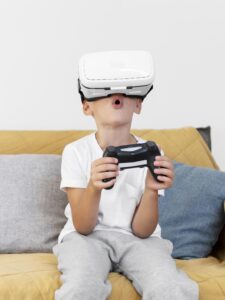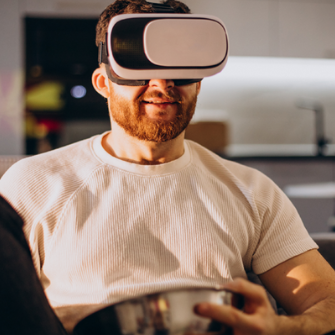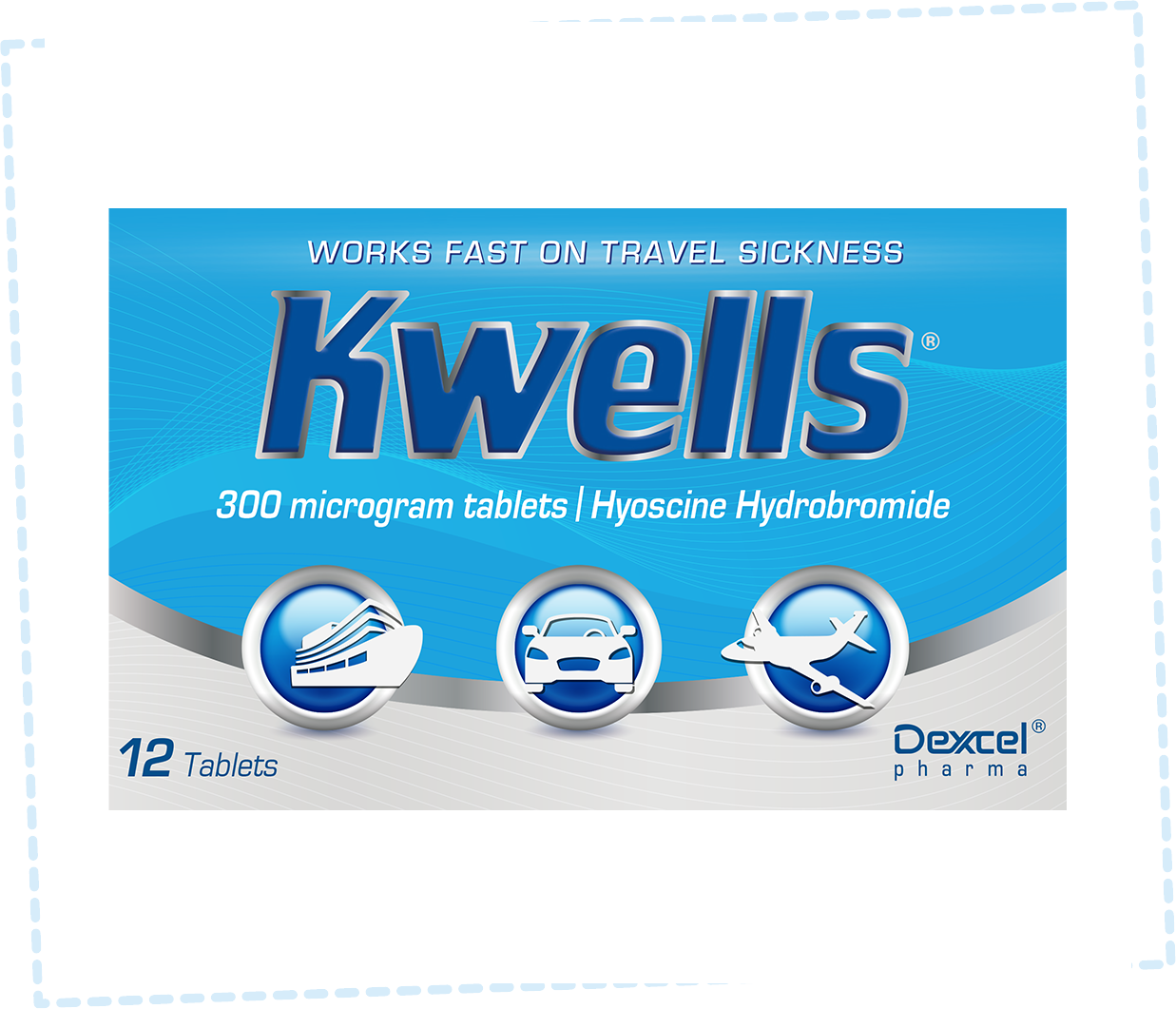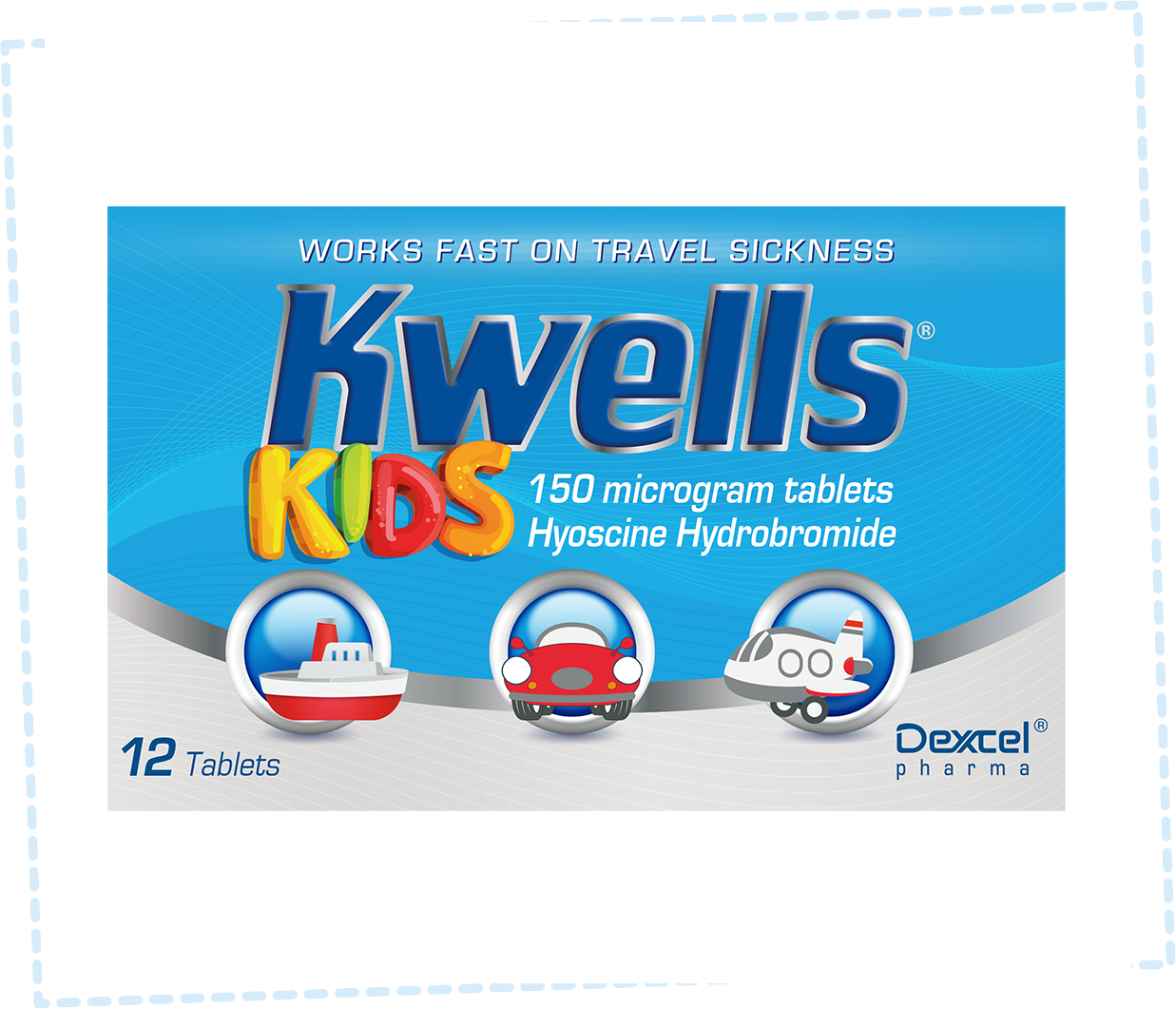VR gaming : Another dimension of motion sickness
Virtual Reality (VR) has taken gaming to a whole new dimension.
And you don’t need us to tell you it’s also taken the experience of motion sickness to a whole new level too!
Cybersickness – or as it was nicknamed back in the day of early VR gaming the ‘barfogenic zone’1 – is a form of motion sickness brought on through immersion in VR2 with sufferers experiencing symptoms similar to those who suffer from travel sickness.
If you’re a sufferer you’ve no doubt experienced at least one of its unpleasant symptoms which can include nausea, vomiting, sweating, an increase in saliva, dizziness and pale skin.3

Motion sickness from VR
VR motion sickness is thought to occur when your brain receives conflicting messages between what your eyes are seeing and what your inner ears – which assist with balance – are sensing3.
Essentially while you’re standing still but the virtual environment is moving around you.
A longer lag time or ‘latency’, which is the time it takes for movement to register on the headset display, can send confusing signals to the brain.4 To combat this, technological advances have gone some way to reducing the problem by using faster refresh rates to reduce movement lag.
But there’s still a way to go it would seem with around 25% of VR gamers still thought to be affected with vr motion sickness.4
One thing’s for sure, you really don’t want to be reaching for the sick bag every time you strap on your Oculus Rift.
How can you reduce the risk of VR motion sickness?
If you are prone to VR motion sickness here are a few things you can try to reduce the risk of it happening:
- Play for short periods – around 15-30 minutes of suggested use – and take regular breaks of 10-152 Try stepping outside to get some fresh air if you start to feel the effects of motion sickness.5
- Sitting down is more likely to naturally restrict your movements, helping minimise the disorientation caused between actual movements and those seen in the VR.4
- Try sitting further away from the screen. If your eyes can see something other than the action on the screen it may help reduce confusion in the brain.5
- Keeping the room cool by opening a window may help to prevent or relieve motion sickness symptoms such as sweating.4
- The right headset can make a big difference. Opt for one with 6-degrees of freedom tracking (6DoF) or spatial tracking which allows users more freedom of movement within the virtual environment.4
- Lowering the headset brightness can help to minimise the sensory overload that can occur while VR gaming.4
- Make sure the headset fits correctly and the lenses are adjusted correctly. Unfocussed lenses can disorientate the brain. 4
- If latency or glitches do occur while playing, try a restart. If this doesn’t work, it’s best to give the VR gaming a break. 4
- Particularly if you’re new to VR gaming, start off by limiting play to 15 minutes periods and gradually build up time to allow your body to adapt. 4

Travel Happy Tips
Kwells 300 microgram tablets. For the prevention of travel sickness, suitable for adults and children aged 10+. Contains Hyoscine Hydrobromide 300 microgram. Kwells Kids 150 microgram tablets. For the prevention of travel sickness, suitable for children aged 4+. Contains Hyoscine Hydrobromide 150 microgram. Always read the label








